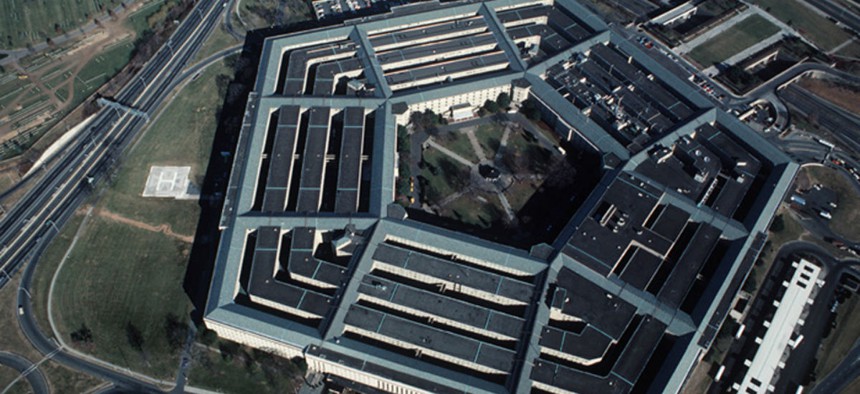Here's How JSOC Became a Manhunting Machine
A brief history of special operations, from Panama to the war on terror.
At the cutting edge of the U.S. military’s campaigns against al-Qaeda and its offshoots over the past 14 years has been an organization still unused to the spotlight. Born from the wreckage of the United States’s failed attempt to rescue its hostages in Iran in 1980, Joint Special Operations Command was created to provide a standing headquarters that could run similar operations in the future. But although JSOC (pronounced “jay-sock”) had grown significantly in its first two decades, on September 11, 2001, it remained a fringe presence on the U.S. military scene, with a narrowly circumscribed set of responsibilities that included short-term counterterrorist missions, operations to secure weapons of mass destruction, and very little else.
Since then, however, as the United States has grappled with an interconnected web of Islamist terror networks around the world, uniformed and civilian leaders have increasingly relied on one JSOC specialty in particular: its proficiency at the “manhunt,” the most famous recent example of which was the May 2011 raid that killed Osama bin Laden. But it is a skill the command has been honing, at some cost, for most of its history, and it is one that has become central to the current U.S. campaign against ISIS. In that sense, JSOC’s history says a great deal about America’s future in the Middle East.



